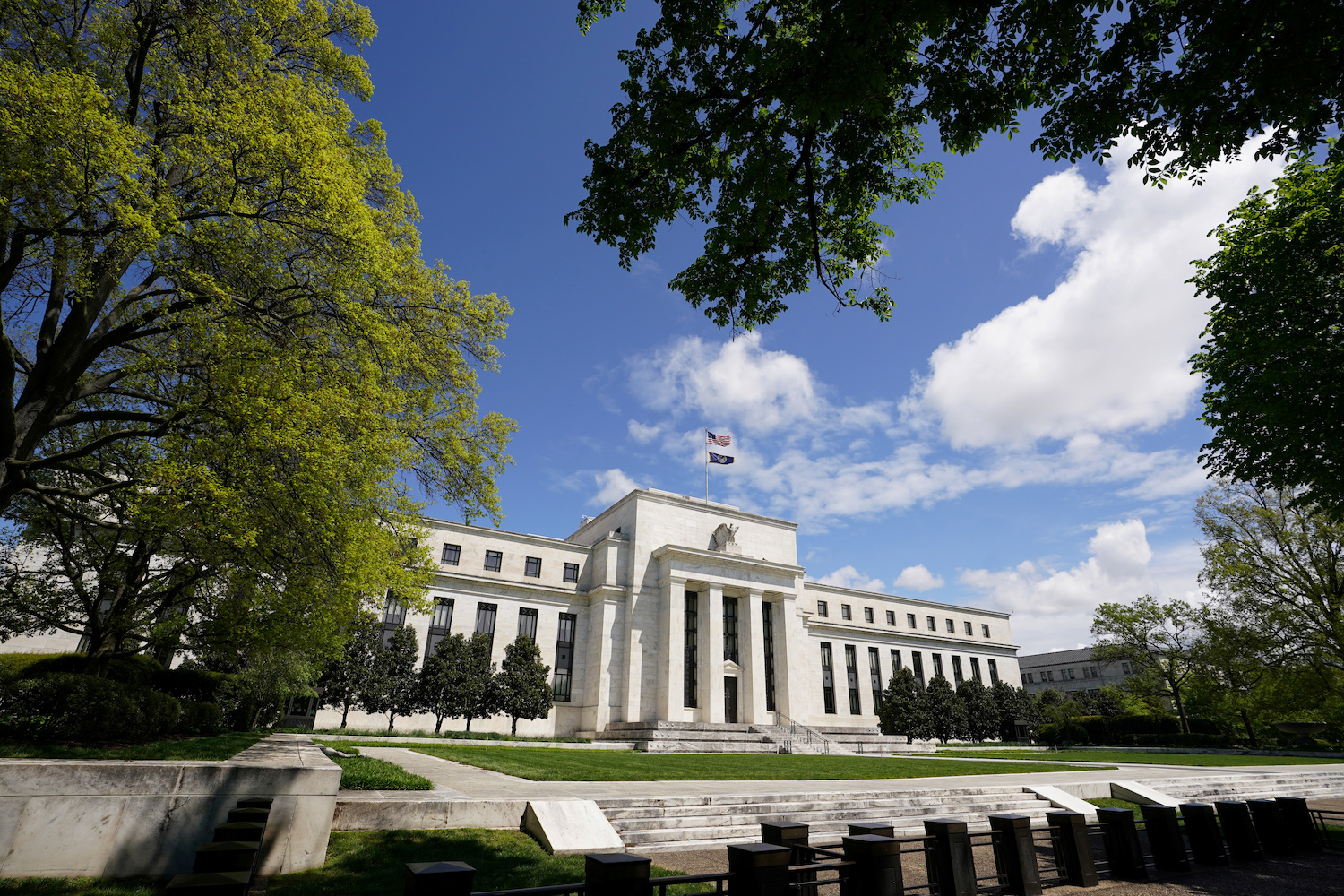Eight years ago, as the United States struggled through the aftermath of a deep recession, the Federal Reserve set an unemployment rate it felt would be a good benchmark to show the economy was getting back to normal.
The 6.5% number the Fed set in 2012 was almost double the unemployment rate the US eventually hit during a record-setting economic expansion, leaving many convinced the Fed had misjudged the willingness of those on the economic sidelines to get back to work.
This week, the Fed will revive that debate under drastically different circumstances as it begins to put into practice a revised approach to monetary policy at its meeting on Sept. 15 and 16. Mistakes about job creation are a thing of the past, the Fed is promising, with an expansive commitment to “broad-based and inclusive” employment announced in late August.
What’s unclear is just what the Fed plans to do to speed a return to full employment for the nearly 30 million Americans collecting some form of unemployment benefit, and when it will pull the trigger. The issues are significant to Wall Street investors, businesses large and small, masses of jobless in America, and possibly the November presidential election.
This week’s meeting won’t provide those answers. But there should be clues from the new economic projections that Fed officials will issue after their meeting, the last before the November election, and from the press conference chair Jerome Powell holds after.
The Fed may eventually buy more bonds, offer more detailed promises to keep credit easy for years to come, or even take more aggressive steps if the pandemic worsens and conditions deteriorate.
To veterans of those earlier policy debates about maximum employment, it can’t happen soon enough.
Despite the new employment commitments, lending programs and low interest rates rolled out in response to the pandemic this spring, “we are settling in for another long painful recovery where some people are feeling great because they own lots of stock and others lost their job,” Dartmouth College economics professor and former Fed adviser Andrew Levin.
“It is deja vu” with the last US recovery, he said.
New economic projections this week will offer the first, longer-term glimpse, through 2023, of how Fed officials think their new approach will work in practice and how fast they think the job market can recover.
The formal unemployment rate of 8.4% in August is already below what most Fed officials felt it would be at year’s end. But it also may understate the real economic impact the coronavirus has had on households.
This week should reveal whether Fed officials think the pace of improvement will continue, and how that shapes their view of the recovery.
WORSE THAN THE LAST RECESSION
It took six and a half years for the US to reclaim the 8.7 million payroll jobs lost during the 2007 to 2009 downturn. The coronavirus recession was deeper and faster, with 22 million payroll positions lost.
The rebound started strong, but there are concerns it is slowing and may leave people struggling in a post-pandemic economy where millions of jobs may have been rendered obsolete.
The Fed’s future decisions and deliberations will likely reflect new views of the labor market, developed during the last downturn and recovery.
Levin, for example, was among a group of economists who argued that workers who appeared permanently sidelined might return to jobs if unemployment fell low enough. The issue may again be relevant if some industries and occupations, as expected, are fundamentally changed as a result of the pandemic.
Evidence of such structural changes can take time. Though Levin proved correct, it took years before sidelined workers’ return showed up in the data. Some feel the Fed’s reduction of economic stimulus and hiking of interest rates in the meantime slowed the arrival of the day when the recovery reached those most marginalised – the people the Fed is now pledging to more directly account for in its thinking.
US central bankers say they have learned their lesson. They have revised their approach so that the risk, say, of rising inflation will no longer be used as a reason to raise interest rates and slow job creation – until it is clearly necessary.
In the expansion that lasted until the coronavirus “we did find full employment,” San Francisco Fed president Mary Daly said in recent comments to reporters. “We were learning to find it experientially” by letting joblessness drop below what was considered sustainable without inflation.
That is the Fed’s intent for the future. Those on the outside are hungry for more details.
“What the Fed has told us is they are no longer going to even pretend to be anticipatory,” raising rates to halt inflation before it starts, said Erik Weisman, chief economist with MFS Investment Management. “We are going to want a lot more specificity.”
(Reporting by Howard Schneider.; Additional reporting by Ann Saphir; Editing by Heather Timmons and Chizu Nomiyama)
























